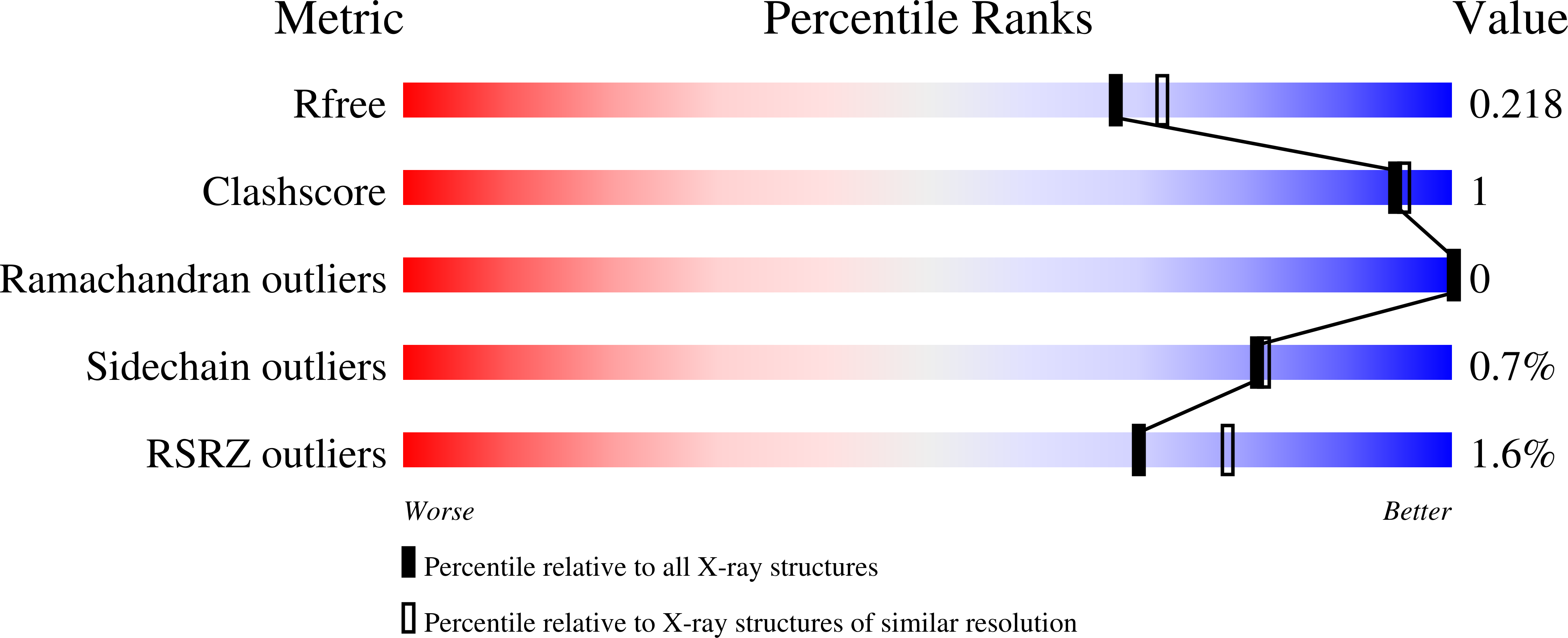
Deposition Date
2024-02-11
Release Date
2024-10-02
Last Version Date
2024-10-02
Entry Detail
PDB ID:
8VZB
Keywords:
Title:
Crystal Structure of 2-Hydroxacyl-CoA Lyase/Synthase ApbHACS from Alphaproteobacteria bacterium in the Complex with THDP, D-Lactyl-CoA, and ADP
Biological Source:
Source Organism:
Alphaproteobacteria bacterium (Taxon ID: 1913988)
Host Organism:
Method Details:
Experimental Method:
Resolution:
1.98 Å
R-Value Free:
0.21
R-Value Work:
0.17
R-Value Observed:
0.18
Space Group:
P 21 21 21


